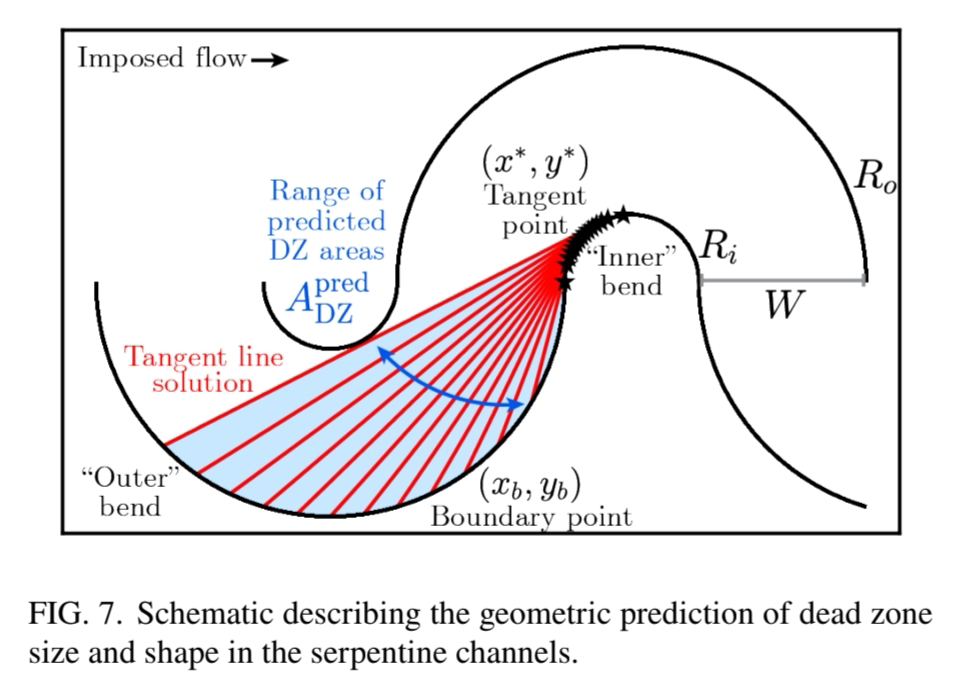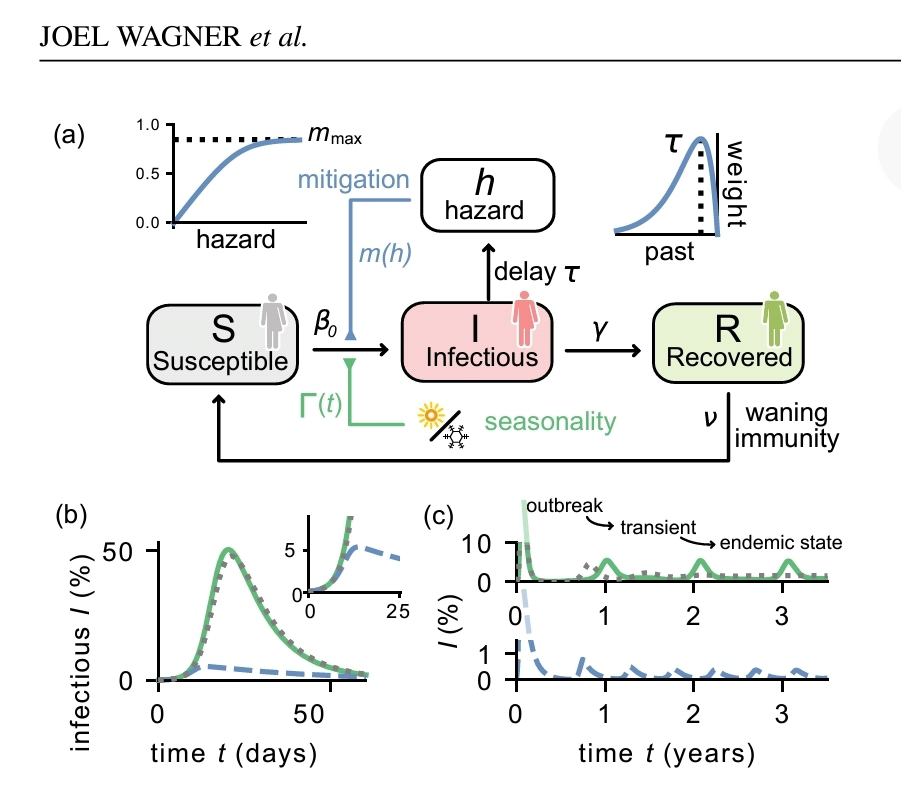<< An important mechanism enabling fast ion diffusion in solid electrolytes is considered to be the significant lowering of the activation barrier when two or more ion particles hop simultaneously between sites, i.e., concerted migration, compared to single-ion hopping. >>
In this study AA << incorporate a mechanism of simultaneous particle hopping into the asymmetric simple exclusion process, which is an archetypal model for many-particle transportation phenomena, and investigate its impact on particle transport properties. >>
In Their model, << reflecting ion dynamics, the hopping rates are controlled by the activation energy, inverse temperature, and strength of an external driving field. (AA) first construct an exact solution that describes the steady state of the proposed model. By using this solution, (They) find that concerted migration substantially increases the particle current and induces a shift of the peak in the fundamental diagram, i.e., the density-current relationship. >>
AA << also show the presence of a critical temperature that maximizes the current. Additionally, we discuss the implications within parameter regions corresponding to actual materials. >>
Takahiro Ezaki, Kai Kihara, et al. Asymmetric simple exclusion process with concerted hopping. Phys. Rev. Research 7, 023068. Apr 21, 2025.
Also: particle, in https://www.inkgmr.net/kwrds.html
Keywords: gst, particles, migration, asymmetric exclusion process, hopping, hopping rates










